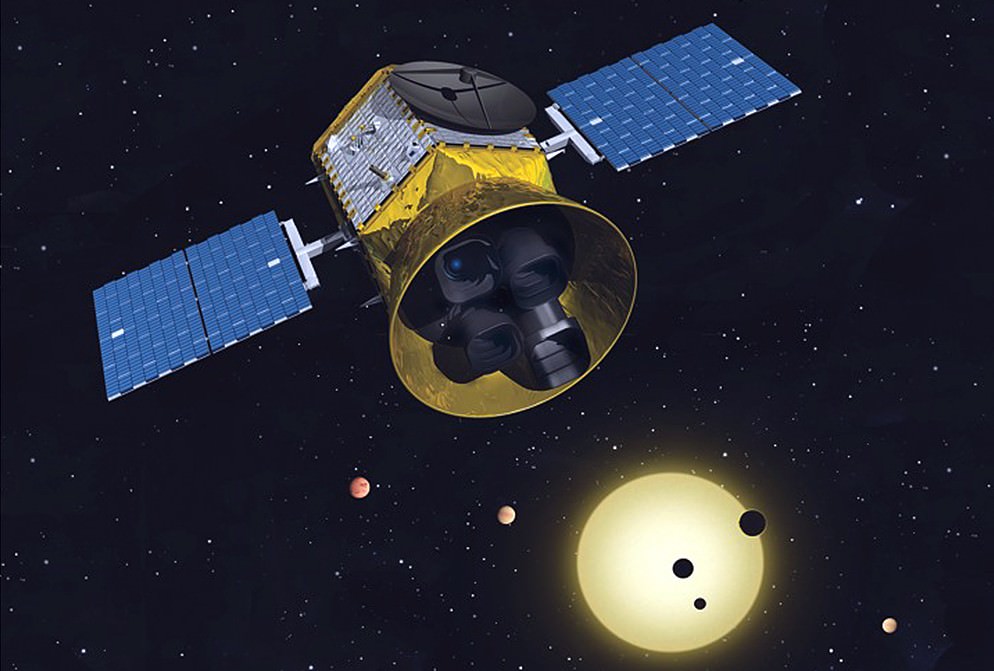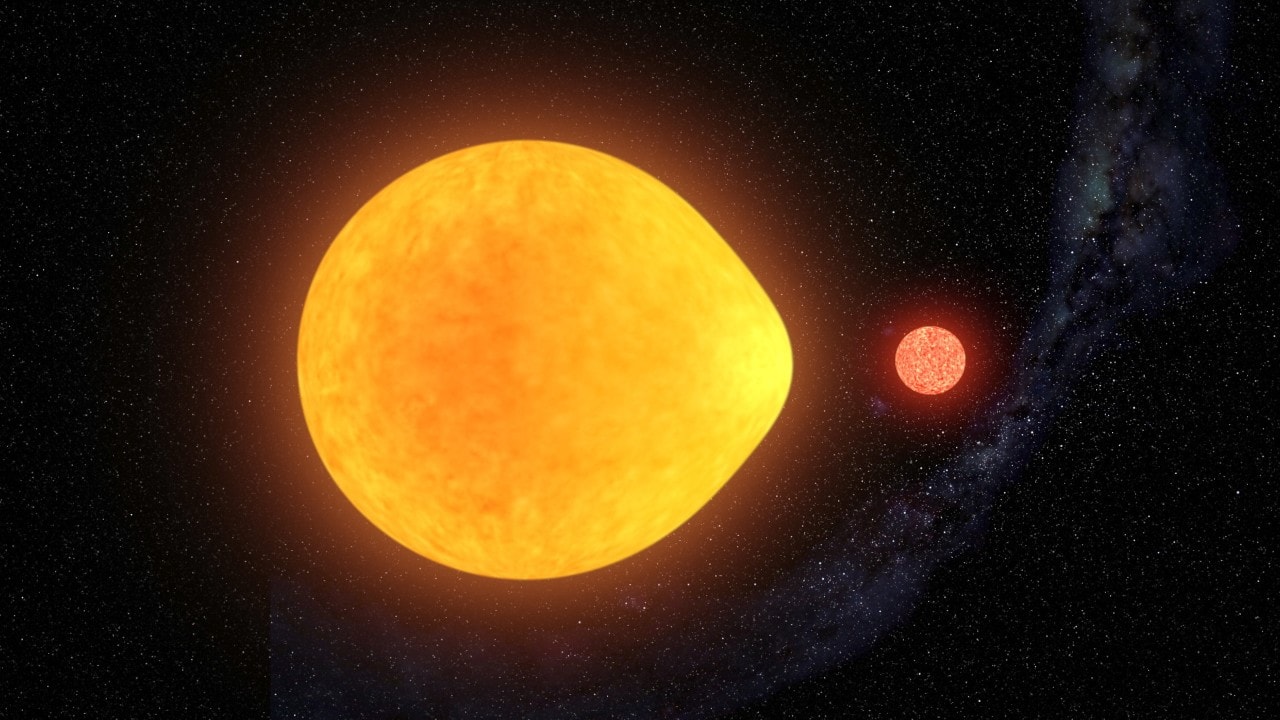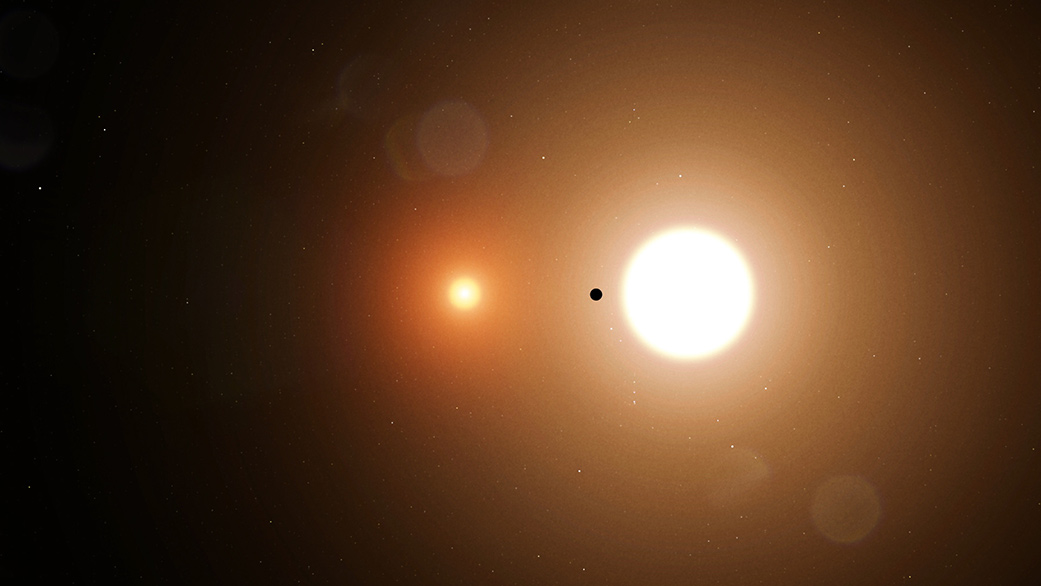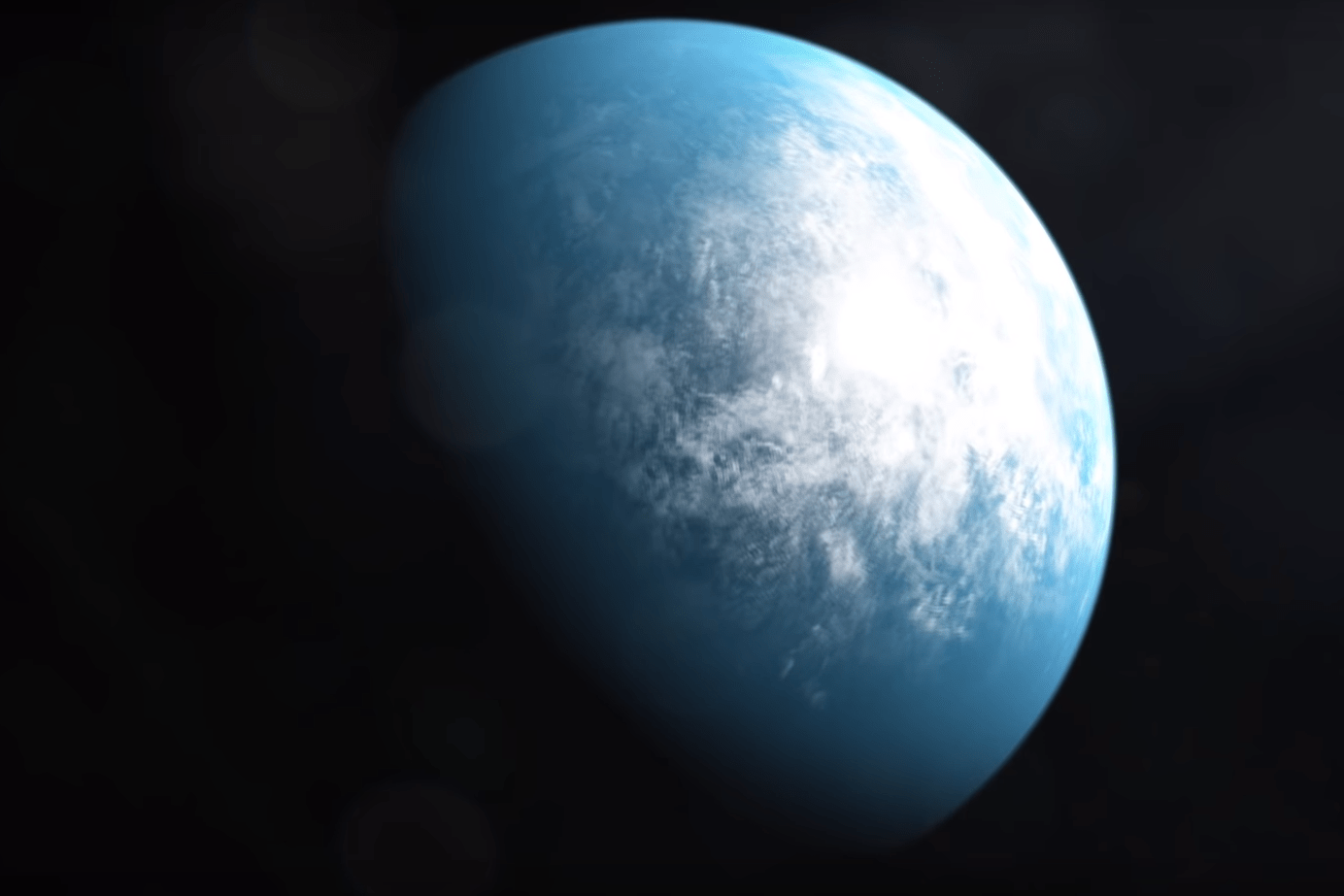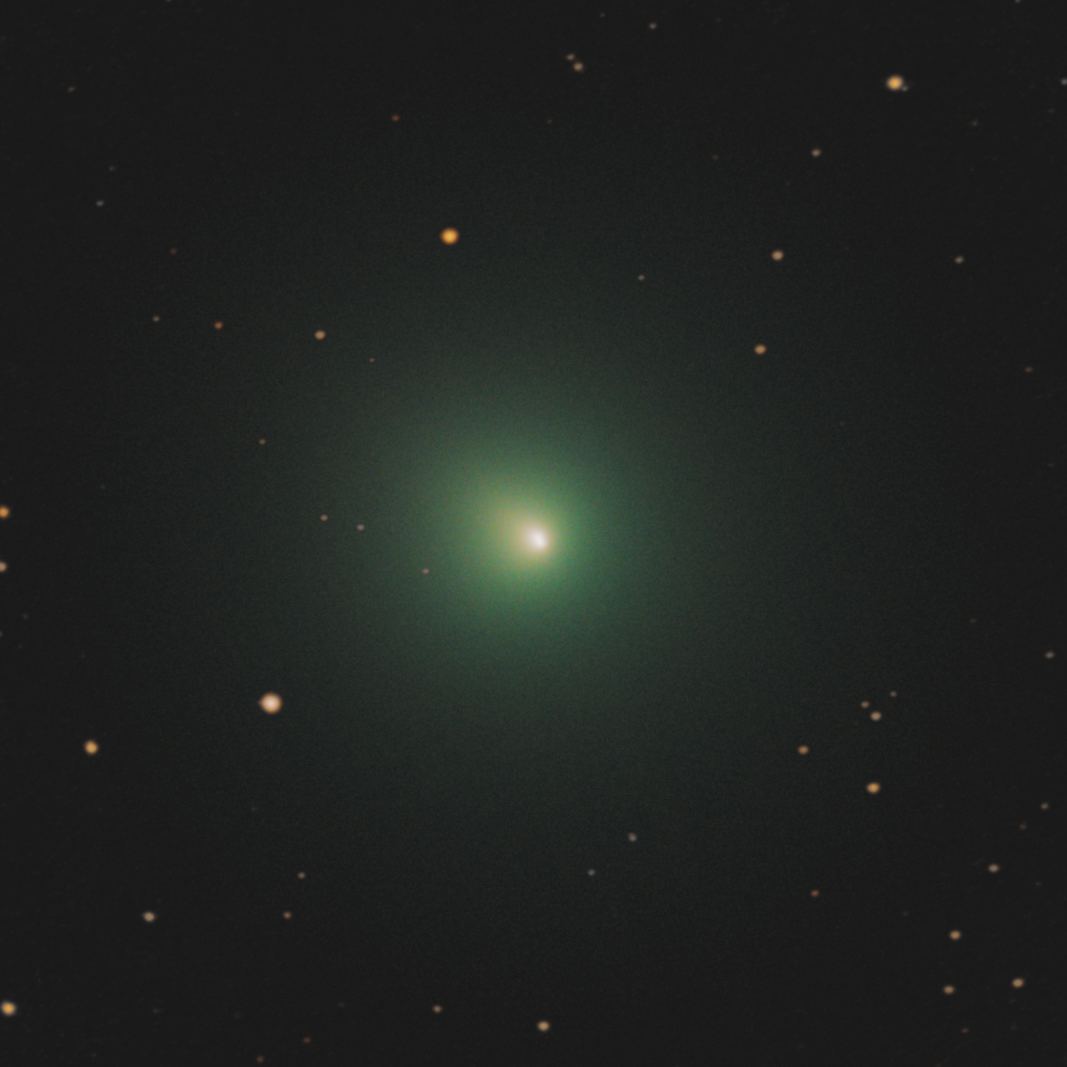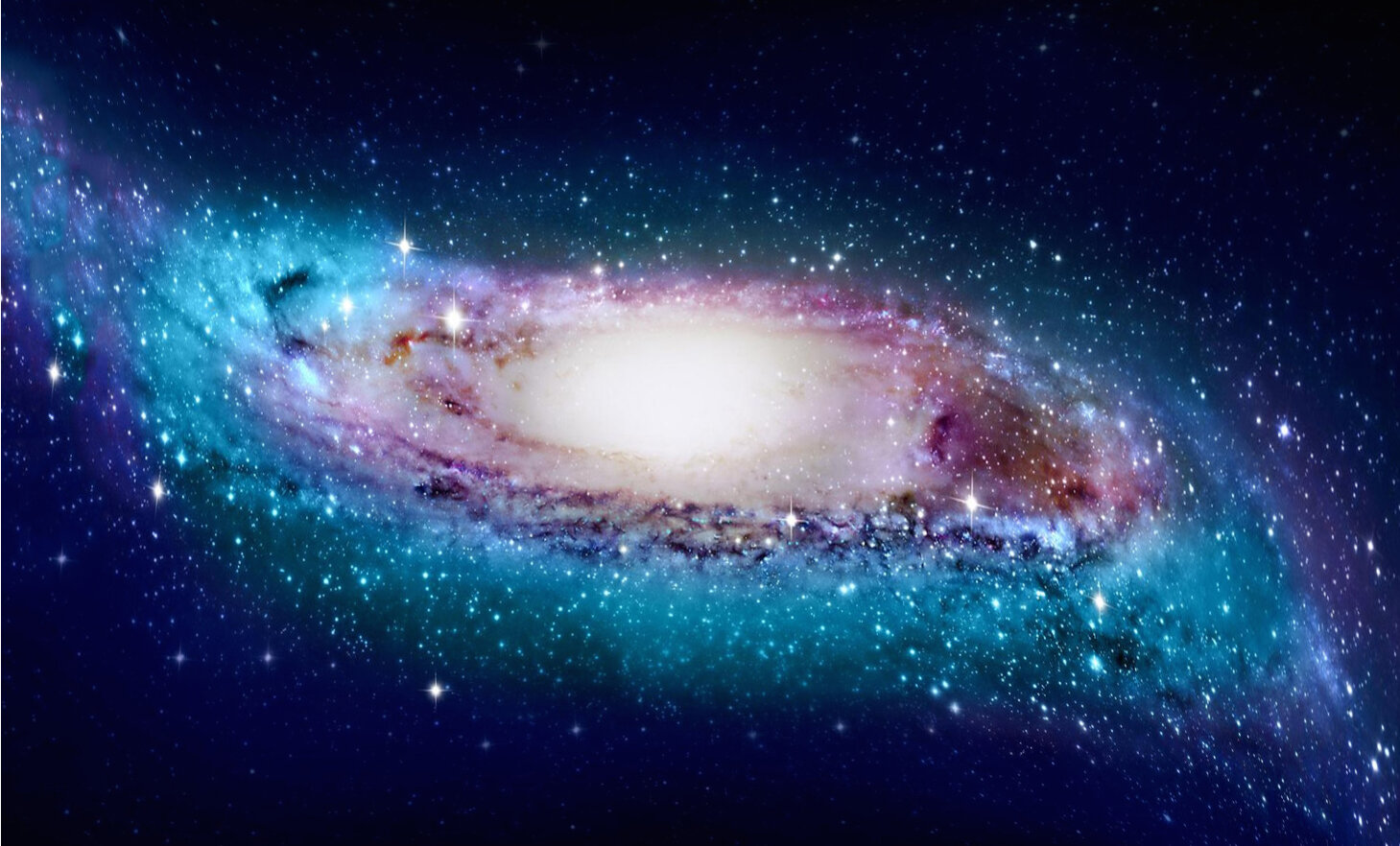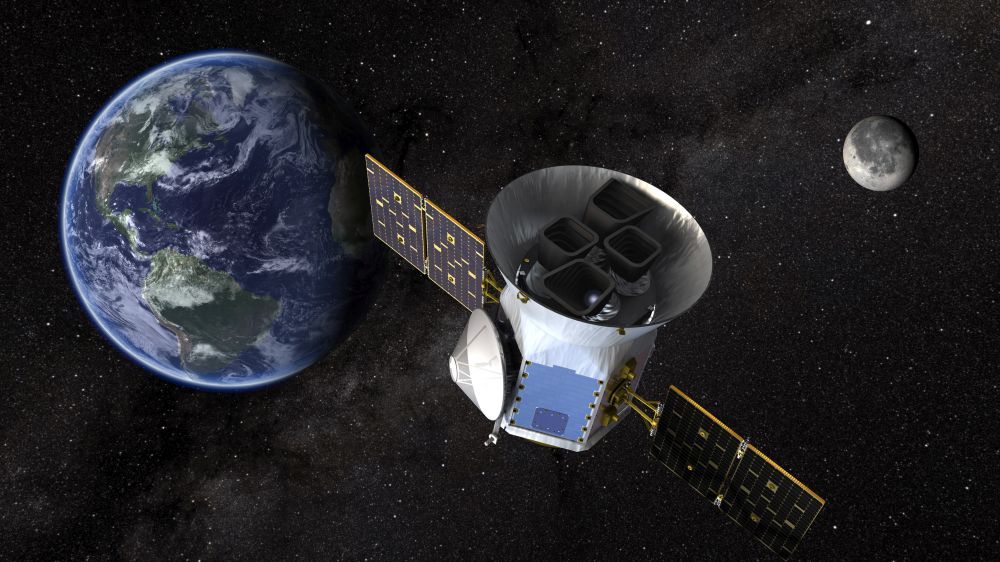In the 17th century, astronomers witnessed many stellar events that proved that the starry sky was not “fixed and eternal.” This included stars whose brightness varied over time – aka. “variable stars.” By the 20th century, many variable stars had been cataloged and astronomers have discerned subclasses of them as well – notably, stars that swell and shrink, known as pulsating variables.
In all cases, these variable stars were found to have rhythmic pulsations that were visible from all sides. But a recent discovery by an international team has confirmed that there are variable stars that can pulse from only one side. This pulsating star, part of a system known as HD 74423, is located about 1,500 light-years from Earth and is the first of its kind to be found.
Read more


